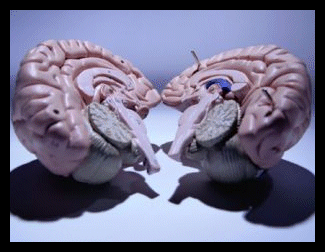
One of the first tasks given to students on clinical rotation is to come up with an exercise flowsheet, or plan, for a patient they have just evaluated. This seems pretty standard in the outpatient orthopedic setting for students.
This task is often hard enough for many students. They work through it and I question their decisions and ask why they picked a certain movement. It’s harder than it sounds to predict how things will go and what they should work on. I always let them work on this independently at first, then we discuss their thought processes.
I’ve started using a Three Question Test for each item on the flowsheet. I’m not sure this originated with me, as I have been mentored by many and have picked up ideas from lots of smart folks. But here is the current question sequence: Continue reading






